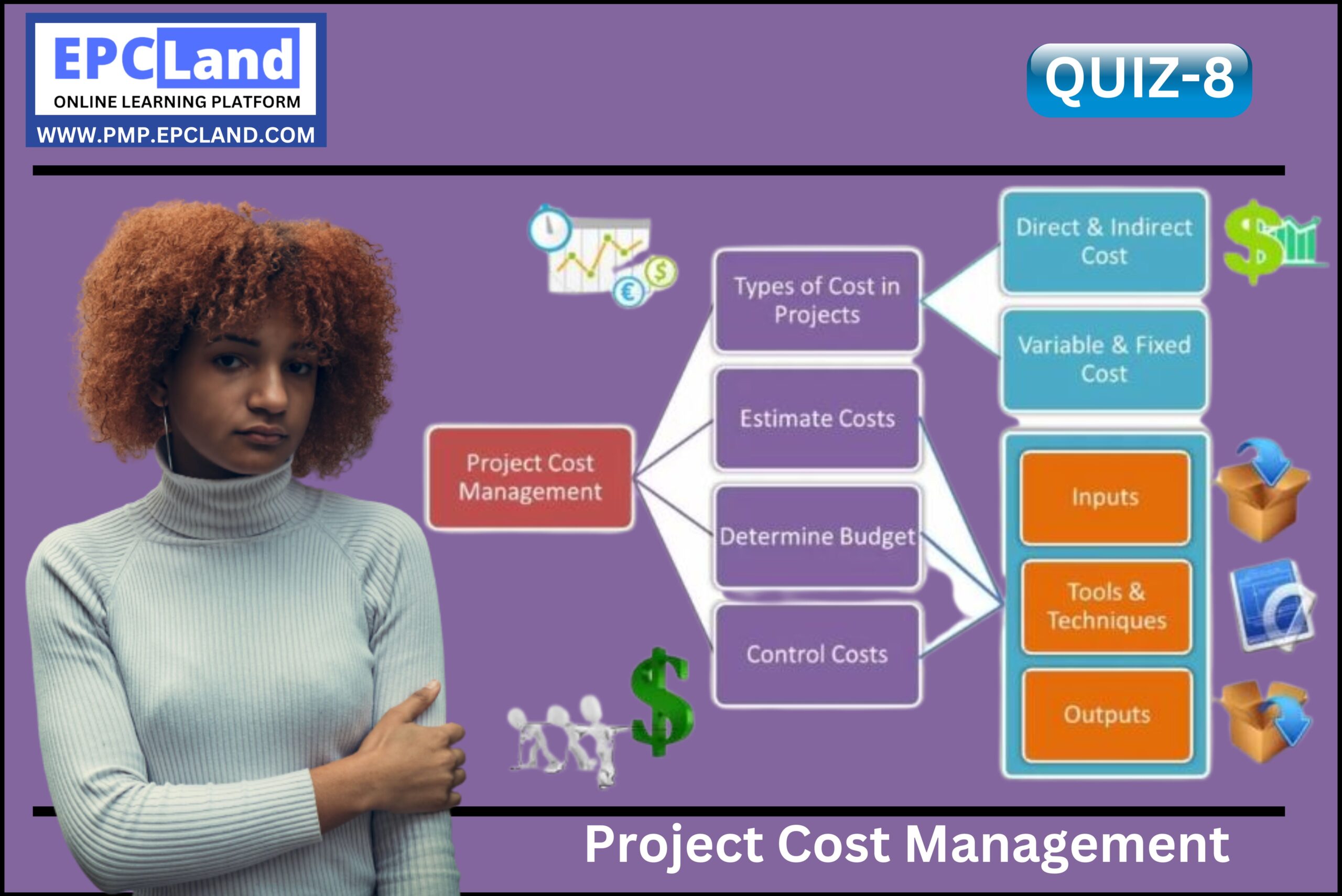1.
A junior project manager is studying for her PMP exam, and asks you for advice. She’s learning about earned value management, and wants to know which of the variables represents the difference between what you expect to spend on the project and what you’ve actually spent so far. What should you tell her?
2.
Project A has an NPV of $75,000, with an internal rate of return of 1.5% and an initial investment of $15,000. Project B has an NPV of $60,000 with a BCR of 2:1. Project C has an NPV of $80,000, which includes an opportunity cost of $35,000. Based on these projects, which is the BEST one to select:
3.
You are managing a software project when one of your stakeholders needs to make a change that will affect the budget. What defines the processes that you must follow in order to implement the change?
4.
During the execution of a software project, one of your programmers informs you that she discovered a design flaw that will require the team to go back and make a large change. What is the BEST way to handle this situation?
5.
You are managing a software project when one of your stakeholders needs to make a change that will affect the budget. You follow the procedures to implement the change. Which of the following must get updated to reflect the change?
6.
You are managing an industrial architecture project. You’ve spent $26,410 so far to survey the site, draw up preliminary plans, and run engineering simulations. You are preparing to meet with your sponsor when you discover that there is a new local zoning law that will cause you to have to spend an additional estimated $15,000 to revise your plans. You contact the sponsor and initiate a change request to update the cost baseline. What variable would you use to represent the $26,410 in an earned value calculation?
7.
What is the range of a rough order of magnitude estimate?
8.
You are managing a project with a BAC of $93,000, EV (BCWP) of $51,840, PV (BCWS) of $64,800, and AC (ACWP) of $43,200. What is the CPI?
9.
If AC (ACWP) is greater than your EV (BCWP), what does this mean?
10.
You are working on the project plan for a software project. Your company has a standard spreadsheet that you use to generate estimates. To use the spreadsheet, you meet with the team to estimate the number of functional requirements, use cases, and design wireframes for the project. Then you categorize them into high, medium, or low complexity. You enter all of those numbers into the spreadsheet, which uses a data table derived from past projects’ actual costs and durations, performs a set of calculations, and generates a final estimate. What kind of estimation is being done?
